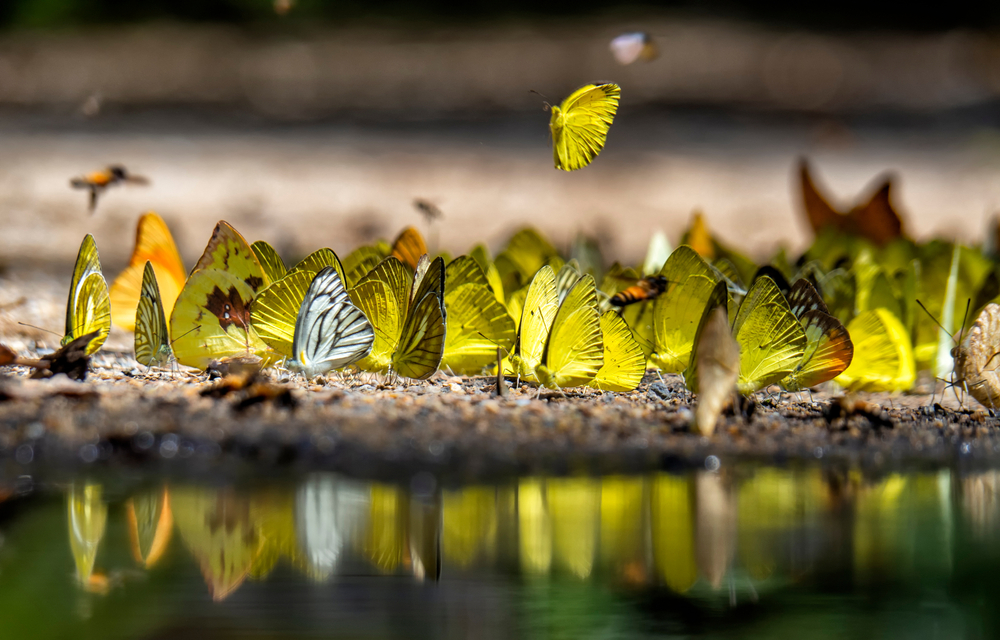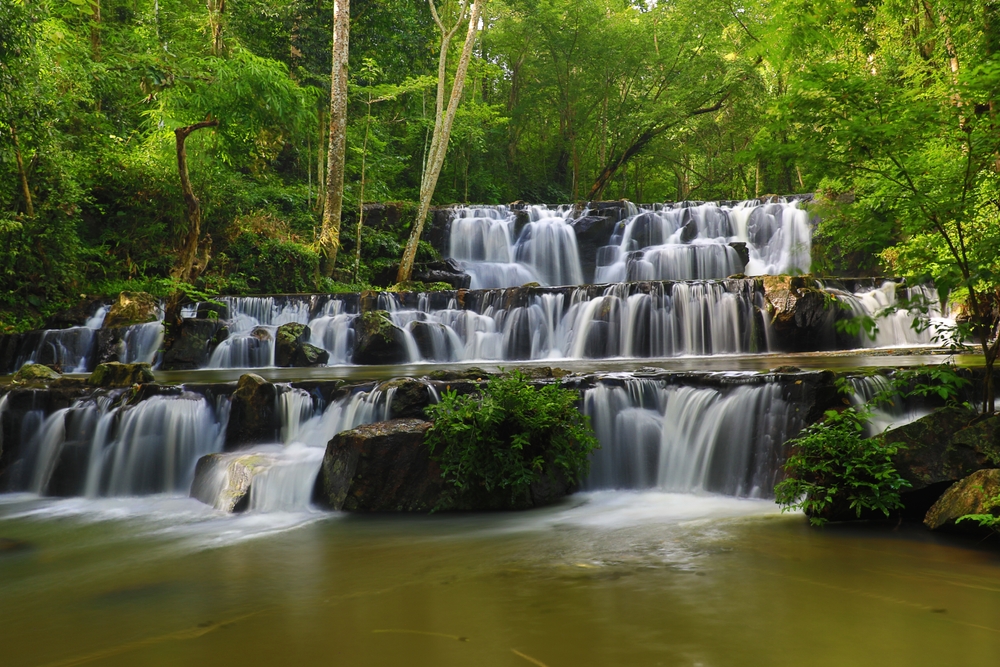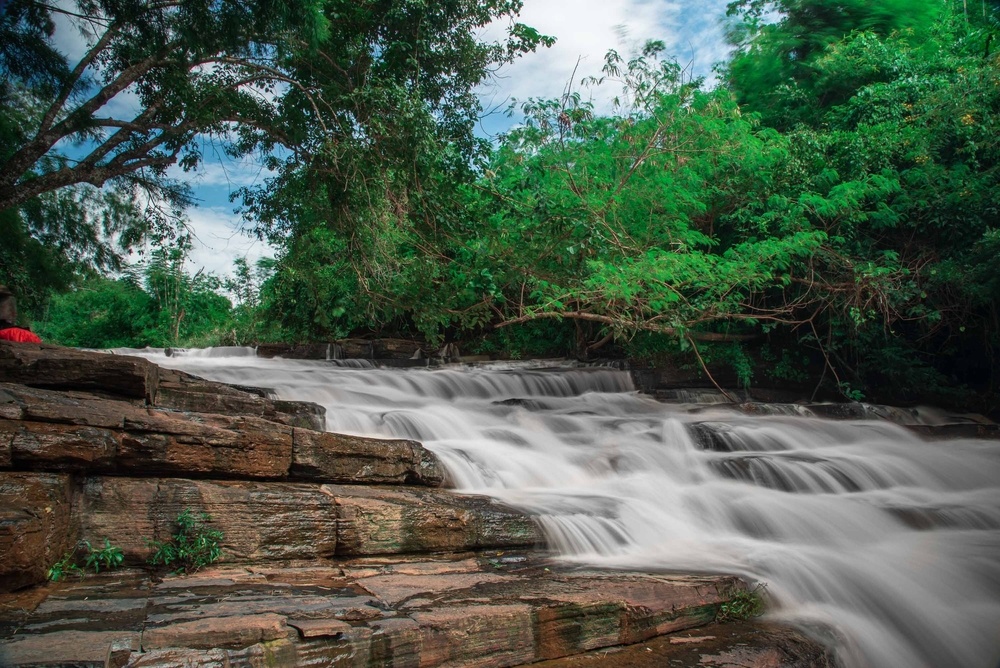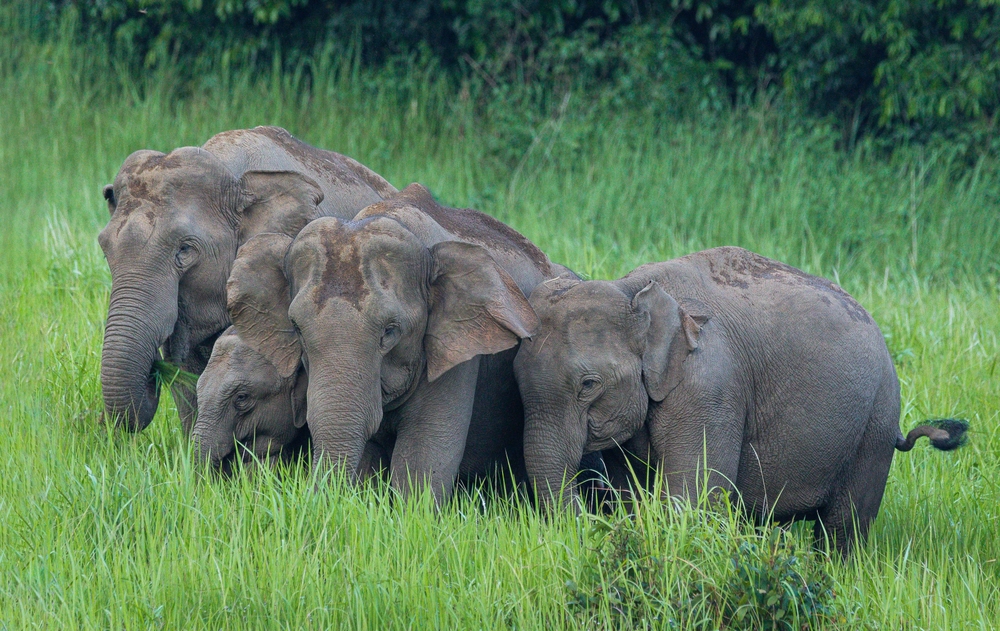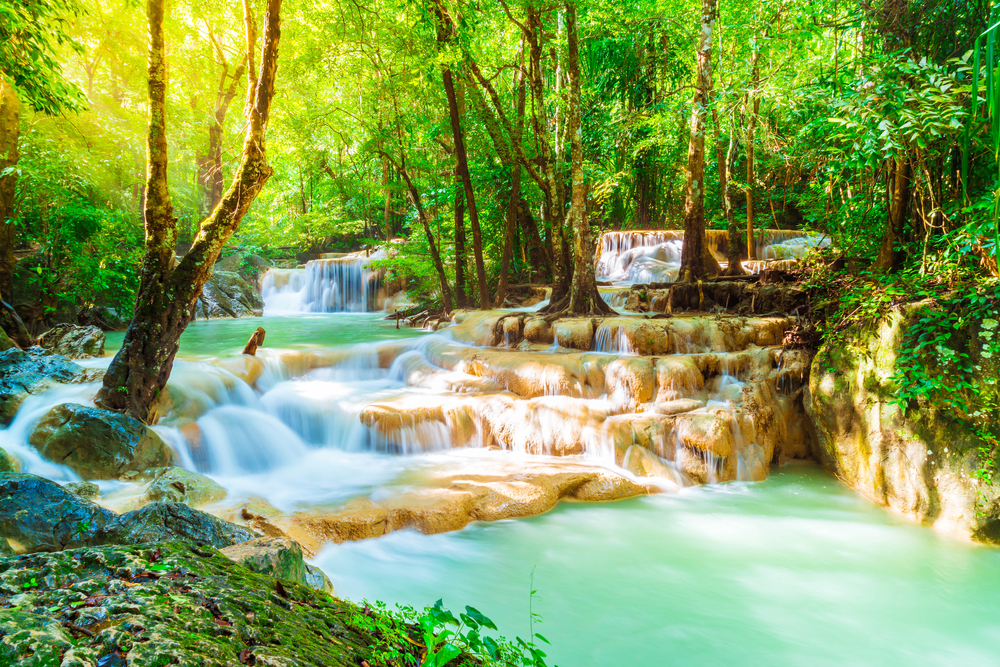Pa Hin Ngam Overview
Pa Hin Ngam National Park, or อุทยานแห่งชาติป่าหินงาม in Thai, is a breathtaking natural reserve located in the northeastern region of Thailand, specifically in Thep Sathit District of Chaiyaphum Province. The park spans approximately 44 square miles (115 square kilometers) and is celebrated for its unique rock formations, vibrant seasonal blooms, and diverse ecological landscapes.
Its name translates to “Forest of Beautiful Stones,” which aptly describes the park’s signature sandstone formations that have been sculpted by centuries of erosion into fascinating shapes resembling animals and objects.
The terrain of Pa Hin Ngam National Park is a blend of rolling hills, expansive plateaus, and dense forested areas, set at an elevation of approximately 2,500 feet (750 meters) above sea level. During the rainy season, between June and August, the park transforms into a vibrant landscape adorned with the blooming Siam tulips, or Dok Krachiao, a species of Curcuma that blankets the meadows in hues of pink and purple. These blooms make the park a significant draw for nature enthusiasts and photographers.
Key geographical features include the Lan Hin Ngam (a field of stunning rock formations) and Sut Phaendin, a dramatic cliff offering panoramic views of the surrounding countryside. The park is also home to small streams and seasonal waterfalls, which add to its scenic charm.
Wildlife in the park is diverse, with opportunities to spot mammals such as barking deer and wild boars, as well as a variety of bird species, including hornbills, woodpeckers, and various raptors. The dense vegetation, a mix of deciduous and evergreen forest, supports a rich array of flora and fauna. The park’s ecosystem is carefully managed to protect these natural inhabitants, making it a sanctuary for biodiversity in the region.
Pa Hin Ngam National Park is also known for its visitor-friendly features. In addition to the famous Siam tulip fields, popular attractions include the Lan Hin Ngam viewpoint and the Sut Phaendin cliff. Visitors can enjoy hiking trails of varying difficulty, with paths leading through flower-strewn meadows, forested areas, and rugged terrain. The park offers guided tours during the tulip bloom season to help visitors appreciate the natural beauty and ecological significance of the region. Camping is another popular activity, with facilities available for those who wish to immerse themselves in the tranquil environment.
Conservation efforts in Pa Hin Ngam National Park have been notably successful, thanks to collaboration between local communities and park management. However, challenges such as the impact of tourism, habitat degradation, and climate change require ongoing vigilance. Educational programs and sustainable tourism practices have been implemented to mitigate these issues, ensuring the park’s delicate ecosystems remain intact for future generations.











































































